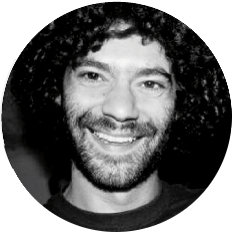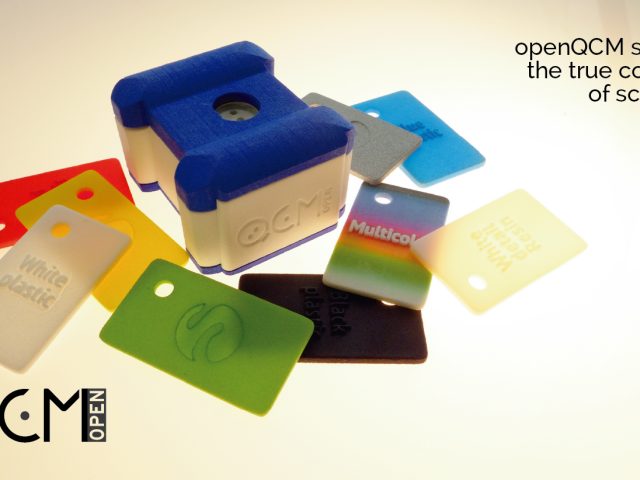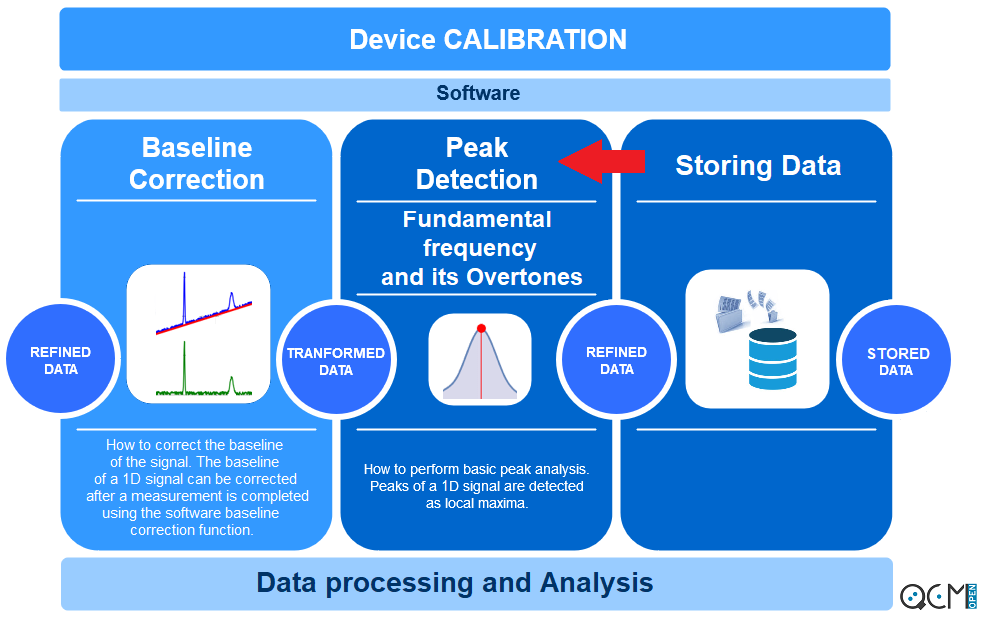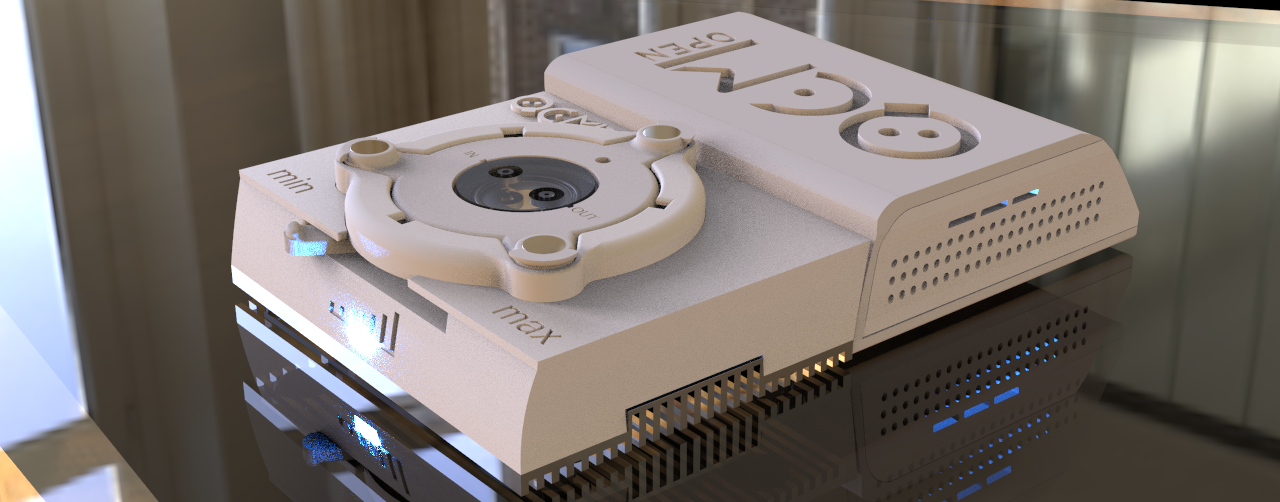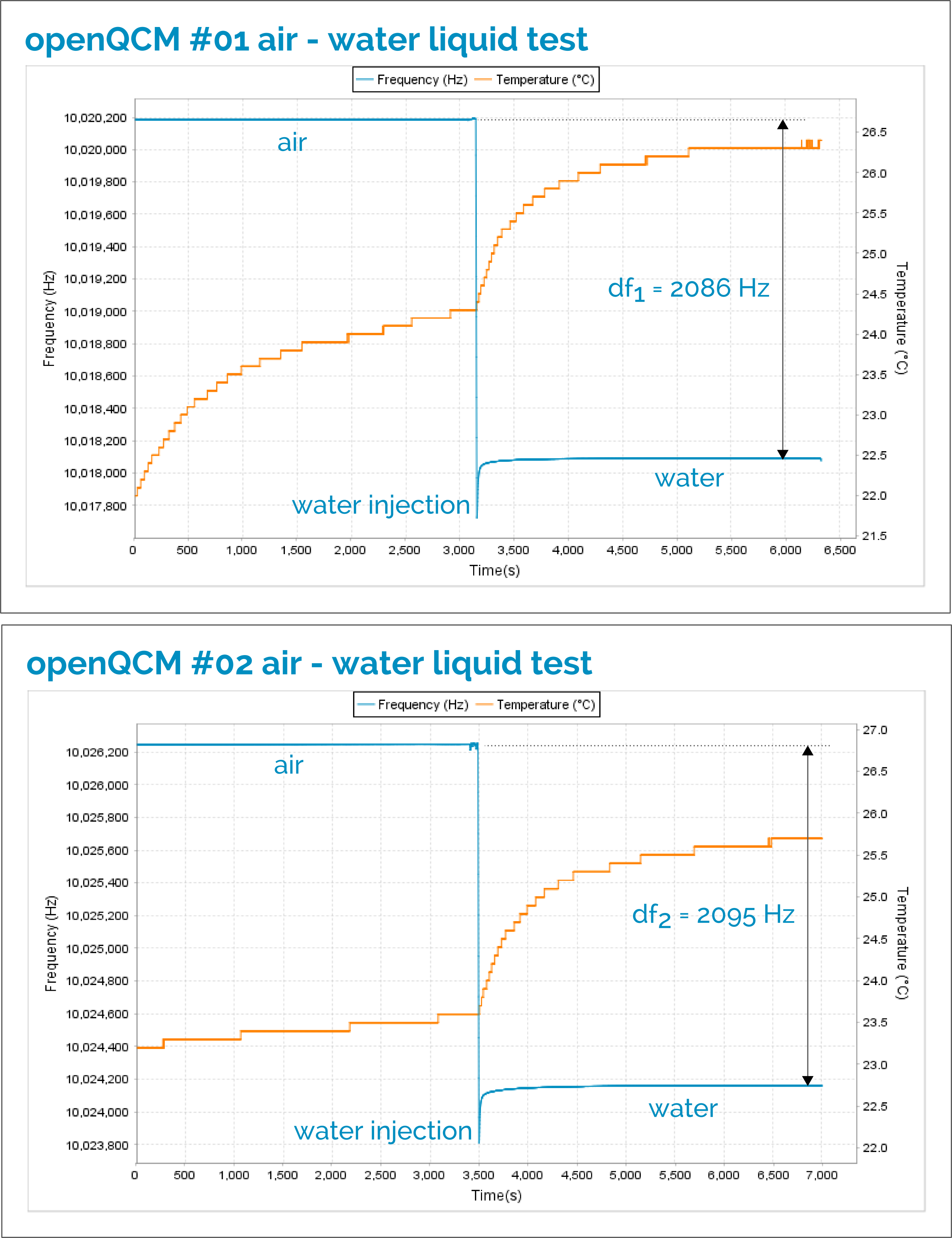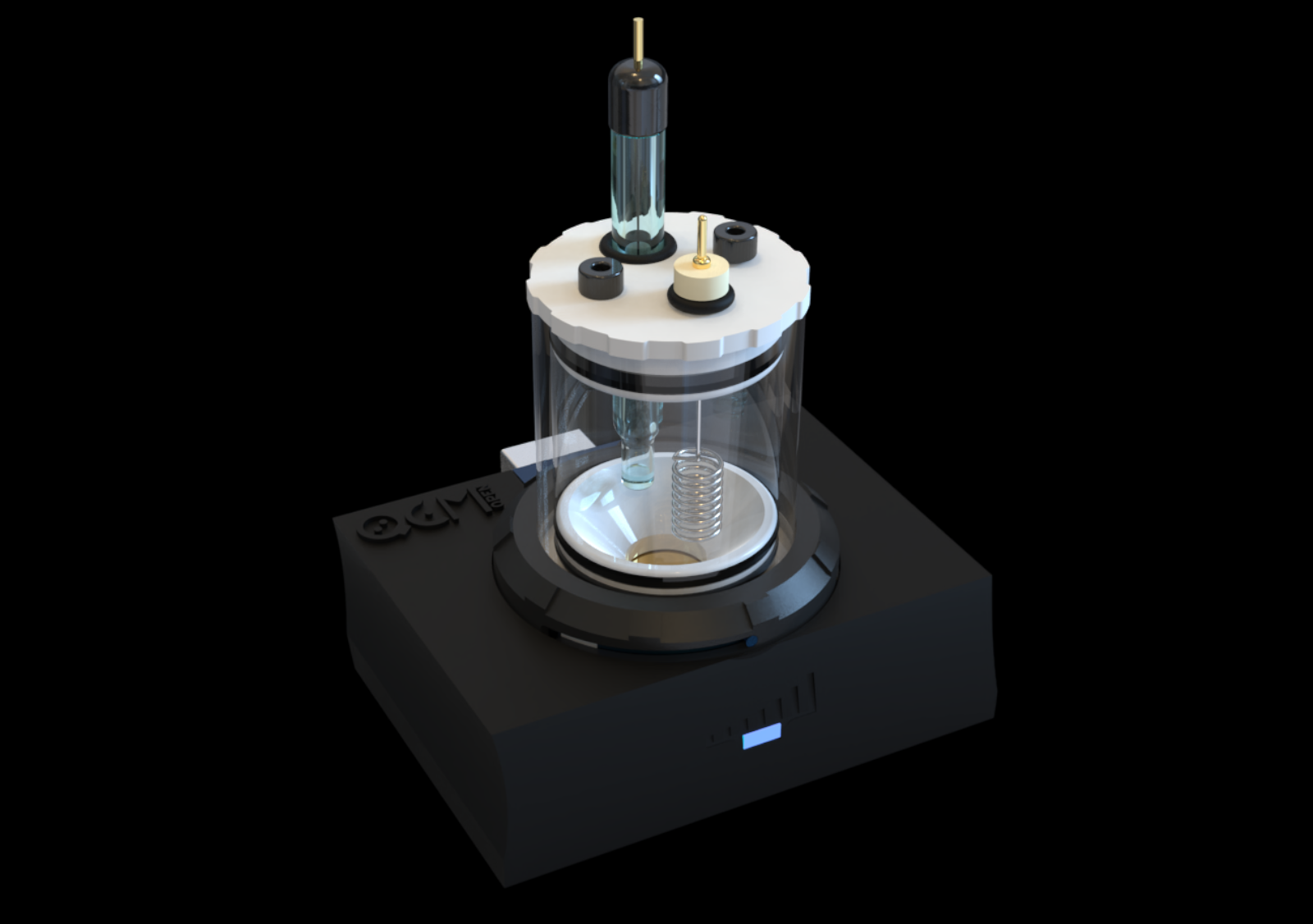Hi everybody,
This is my first post on the openQCM blog, so I introduce myself. I am Marco, Scientific Coordinator at Novaetech S.r.l. and co-founder of the openQCM project – the first open source quartz crystal microbalance – which I developed alongside Raffaele Battaglia, founder of Novaetech and the project’s creator. Above all I am a lucky man because I really enjoy my work.
- Open source hardware is hardware whose design is made publicly available so that anyone can study, modify, distribute, make, and sell the design or hardware based on that design.
-
Open source hardware gives people the freedom to control their technology while sharing knowledge and encouraging commerce through the open exchange of designs.
Of course the main challenge of an open source hardware is that hardware is a physical artifact, which costs money in order to prototype and manufacture. But the current technological scenario offers exceptional advantages. The 3D printing technology offers the possibility to manufacture the hardware at low cost and high quality. Thanks to Sculpteo we realized the first prototype of openQCM and it is really awesome. Arduino the open source electronics platform provides a low cost microcontroller and an easy-to-use programming language for developing the physical sensor. The union of these main features makes nowadays the open hardware a more reliable project. Moreover, all the sharing features of the open source software can be translated in the open hardware. The positive added value of an open system makes the development faster and more reliable.
[pullquote]”We have a habit in writing articles published in scientific journals to make the work as finished as possible […]. So there isn’t any place to publish, in a dignified manner, what you actually did in order to get to do the work”. (R. Feynman Copyright © Nobel Media AB)[/pullquote]
The claim “#openscience to share knowledge” synthesizes all the main features of openQCM. The open access is definitely a tremendous breakthrough for the scientific community and for the entire modern society.
This blog will be the place where we can share what we are actually doing to realize and develop the open source quartz crystal microbalance openQCM. I will write on this blog always thinking to the Feynman’s words at the Nobel Prize lecture
More info about Marco: personal thoughts in 140 characters on twitter and professional bio on linkedin

